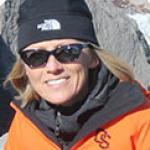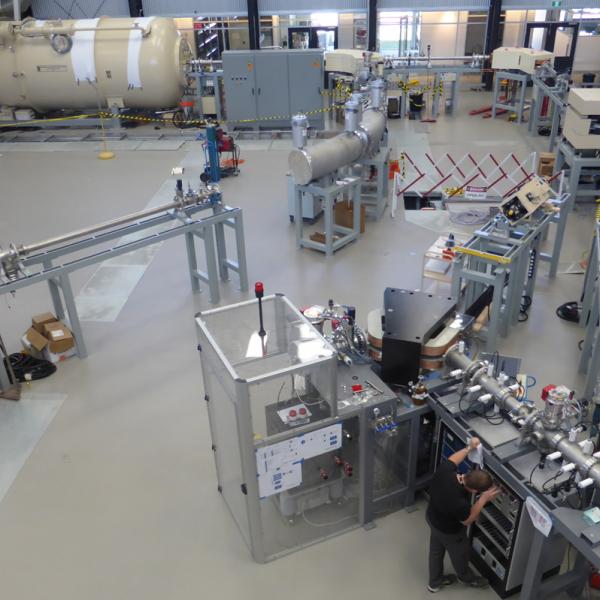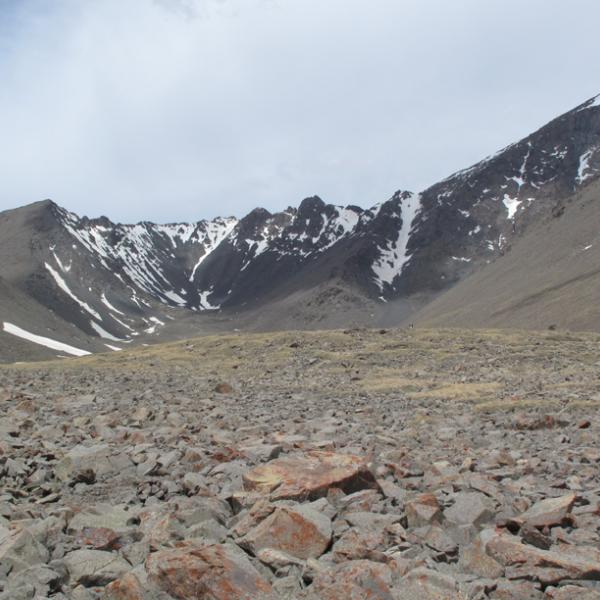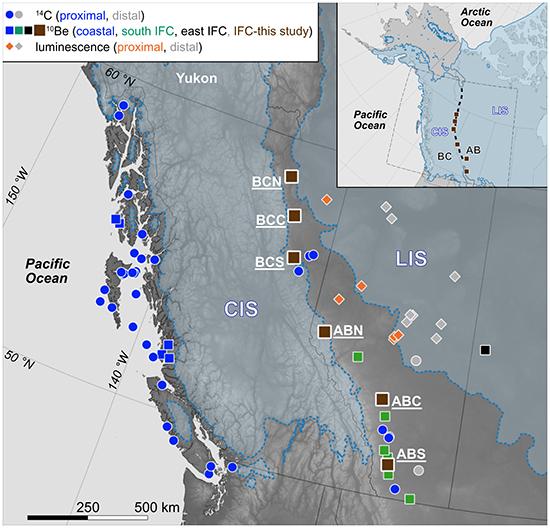
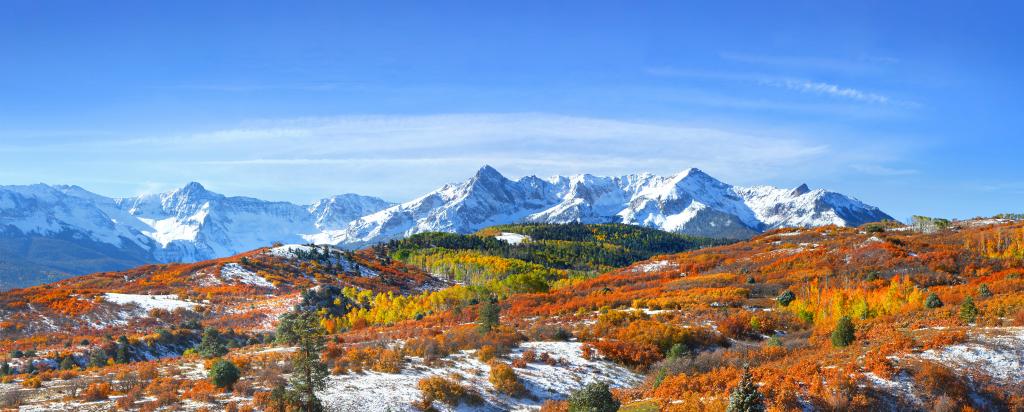
Published on the 28th April 2022 by ANSTO Staff
Key Points
- A group of international researchers have disproved the proposed migration hypothesis that early peoples moved through an Ice-Free Corridor around 15,600 years ago into the Americas
- The corridor between the two ice sheets did not open fully until about 13,800 years ago when the two ice sheets covering much of North America melted and retreated
- The researchers used advanced nuclear techniques (surface dating) at ANSTO's Centre for Accelerator Science to clarify when an ice-free corridor opened up
International researchers have used advanced surface dating techniques at ANSTO to clarify when an ice-free corridor opened up on the North American continent for possible migration.
In a paper published in PNAS, the team led by led by Courtesy Associate Profesor Jorie Clark of Oregon State University, disproved the proposed hypothesis that the Americas were populated via the Ice-Free Corridor around 15,600 years ago. Dr Dylan Rood and Louise Guillaume of Imperial College London’s Department of Earth Science and Engineering contributed to the research.
Using the cosmogenic radioisotope beryllium-10 for surface dating of boulders left behind by the ice sheets, the team found that the corridor between the two ice sheets did not open fully until about 13,800 years ago when the two ice sheets covering much of North America melted and retreated.
The dating was undertaken on 64 samples from six locations spanning more than 1,200 km in British Columbia and Alberta in Canada.
Roughly half of the samples were prepared and analysed at Prime Laboratory at Purdue University and other half were prepared at the CosmIC Laboratories at the Imperial College London and measured at Centre for Accelerator Science at ANSTO.
Dr Klaus Wilcken at ANSTO’s Centre for Accelerator Science measured the concentration of beryllium-10 in about 30 of the samples using the Sirius accelerator.
The cosmogenic nuclides such as beryllium-1 0, created by cosmic rays striking the Earth, act like a 'clock in the rock'.
The research suggested that the boulders were hidden beneath hundreds of metres of ice before the opening created by the retreat of the ice sheets. The boulders only began accumulating beryllium-10 when they reached the surface.
“The measurements give a reliable date and provide evidence of when the area was ice-free,” explained Dr Wilcken, who has a long-standing collaboration with Dr Rood.
“We have closed the door on the ice-free corridor. This research makes it clear that the corridor wouldn’t have been available as a migration route back when people first entered the Americas some 2,000 years earlier,” said Dr Rood on the Imperial College website. Read more
The researchers stated that carbon-14 ages typically provide only minimum-limiting ages on ice-margin retreat, owing to the unknown amount of time that elapsed between deglaciation and accumulation of reliably datable organic material and the optically stimulated luminescence technique was even more problematic.
“This is a good example of how science progresses, constantly revising theories based on new evidence,” said Dr Wilcken.
“Interestingly, another paper about the migration of early people in the South Pacific came out about the same time but this work was radiocarbon,” he added.
:The South Pacific research is featured here.
"The accelerators are exquisitely sensitive instruments that can provide a variety of advanced techniques,” said Dr Wilcken
